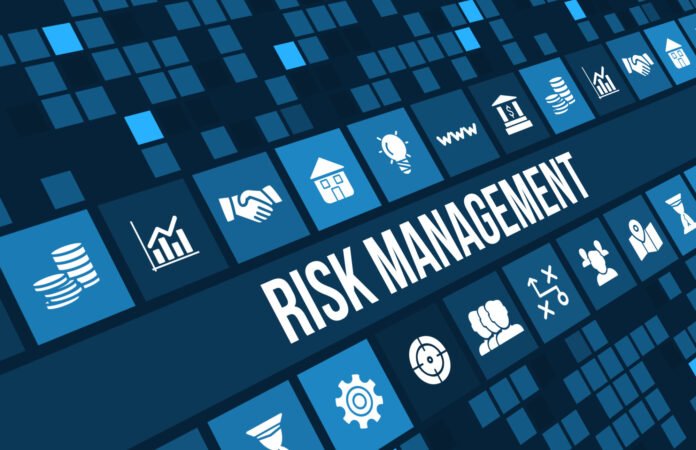Risk is something you can’t take lightly in business. Even if you believe you’re doing everything right, something unexpected can happen that completely disrupts your operations. And when 77% of companies suffer operational disruptions because of unexpected risk, this is something you need to prepare for.
Do you think you’re not doing enough to handle risk management for your company? Keep reading to learn how to handle the risk management process.
Identify Your Risks
The first step to risk management is to determine what your risks are. There are many types of risks to consider during this process:
- Market risks
- Regulatory risks
- Market risks
Scrutinize each of these to see what could go wrong. Look at companies in similar industries as yours to see if they have experienced something similar. Your goal is to take these risks, decide if they are worth taking, and devise a plan if something goes wrong.
Analyze Your Risks
The next step in handling risk is risk analysis. Not all risk is created equal. Some actions won’t be a big deal if they don’t work — while others can cause tremendous strain on your business.
It’s essential to understand each risk’s severity and its impact on your business. This information will help you make the right choices since you can avoid the risks that are too costly if they don’t work and don’t offer enough benefits if they do work.
Evaluate Your Risks
Now that your analysis is complete, you need to evaluate your risks. This process means categorizing your risks based on what they are and how severe they are.
This information will help you determine how much total risk your business has. You can have a lot of smaller risks to contend with or have one considerable risk and a few smaller ones.
Manage the Risk
Now that you have a list of all your company’s risks and the problems you’ll see, the next step is to devise a plan of action. These plans will help you overcome the challenges you face after encountering problems.
The primary risks to focus on here are the ones that can significantly impact your company’s bottom line. This means working with your team and experts, like a RightAngle partner, to develop a strategy that solves the problem.
Keep Monitoring
Managing risk isn’t a one-time process. It takes constant effort to monitor your business and see what can go wrong.
Constantly monitor the risks you discover to see if anything changes. You can do this manually or work with a third-party risk management company. It also pays to keep an eye on any new risks that arise as your company keeps growing.
Optimize Your Risk Management Process Today
It’s easy to throw caution against the wind when running a business. It’s true that you’ll have a hard time succeeding if you don’t take any risks. But at the same time, if you have a bad risk management plan, you take the chance of making bad mistakes that causes your company to fail.
That’s why risk management for small business is so important. Put the advice above into place today to create a risk management process that helps you make better business decisions.
Do you want more tips that will help you make better business decisions? Head back to the blog to find more posts that will help.













